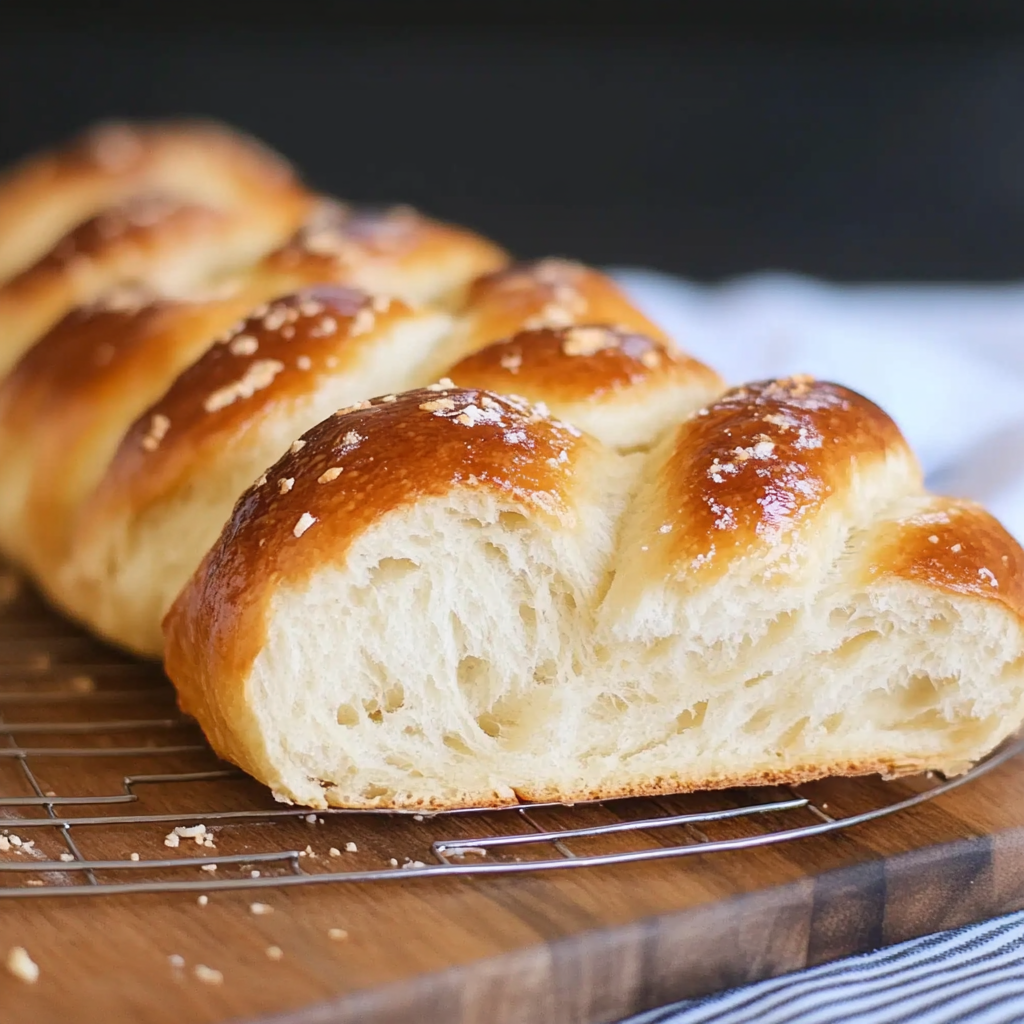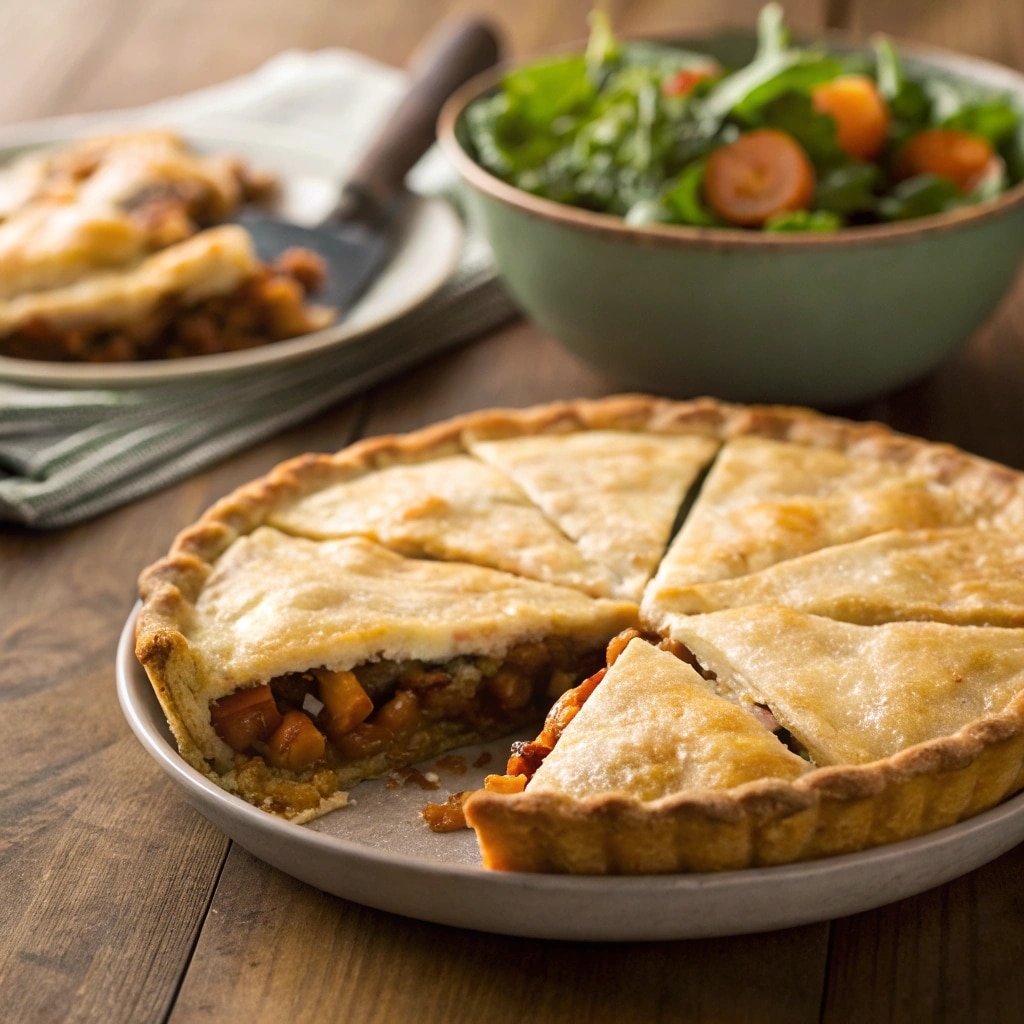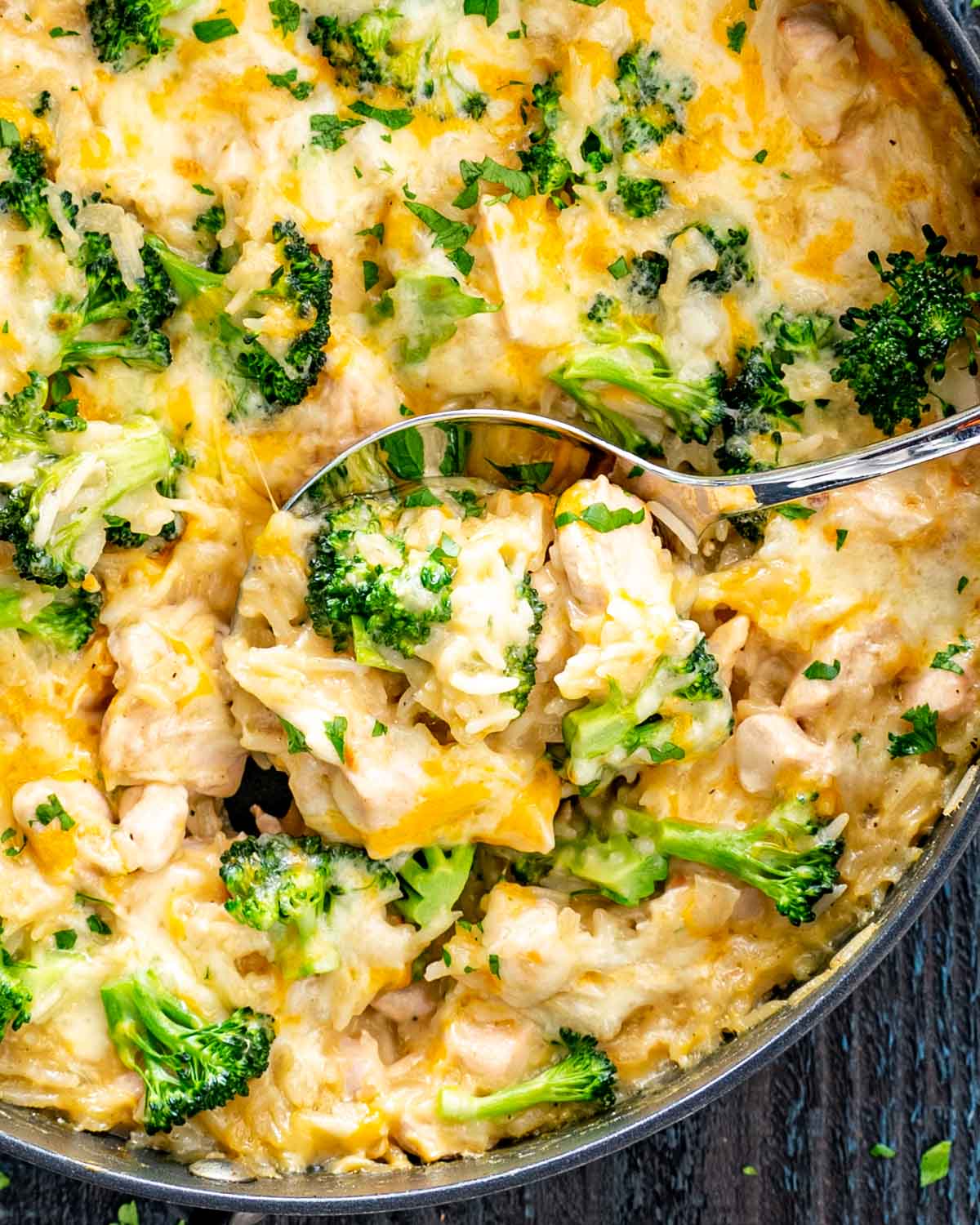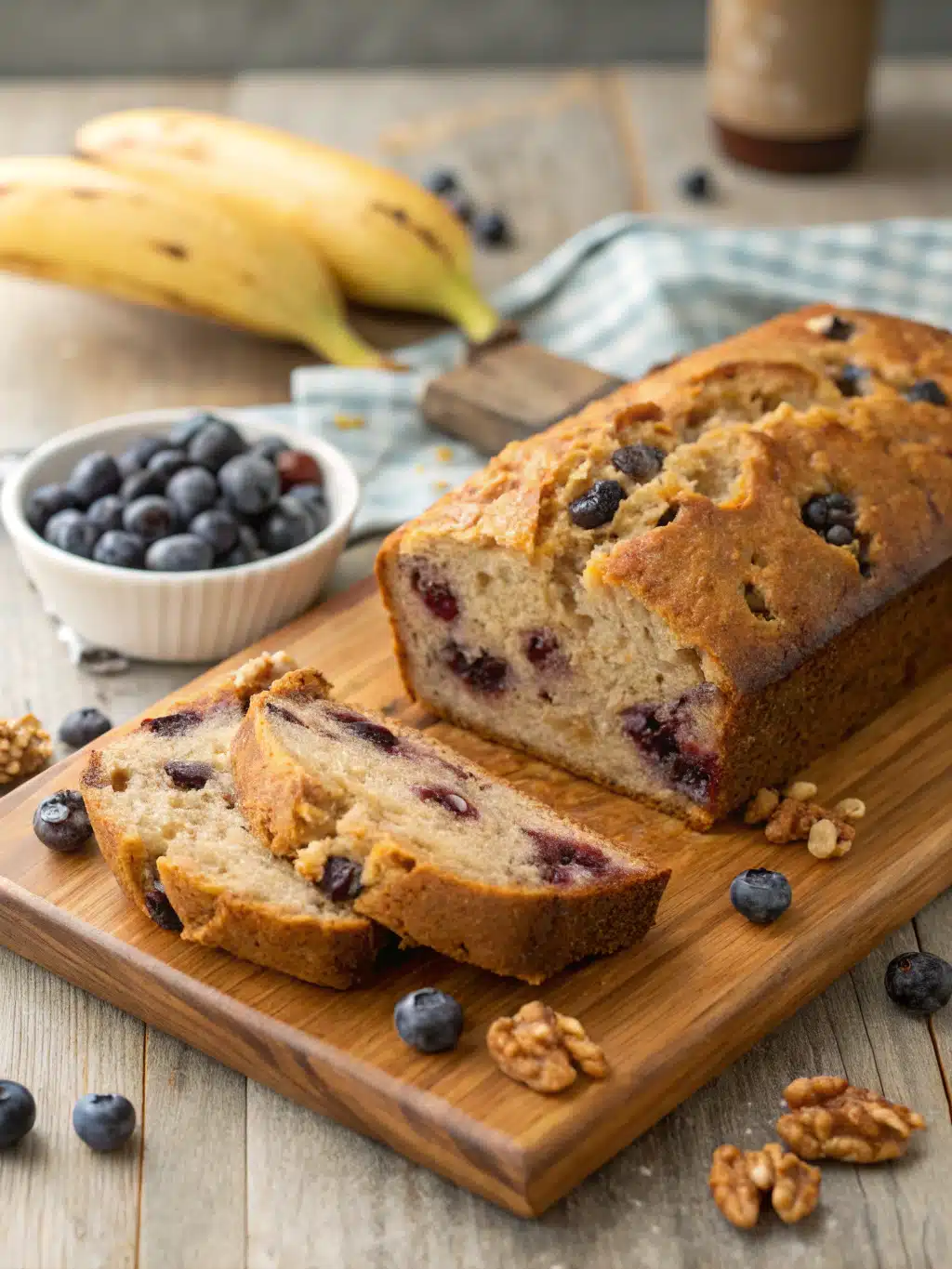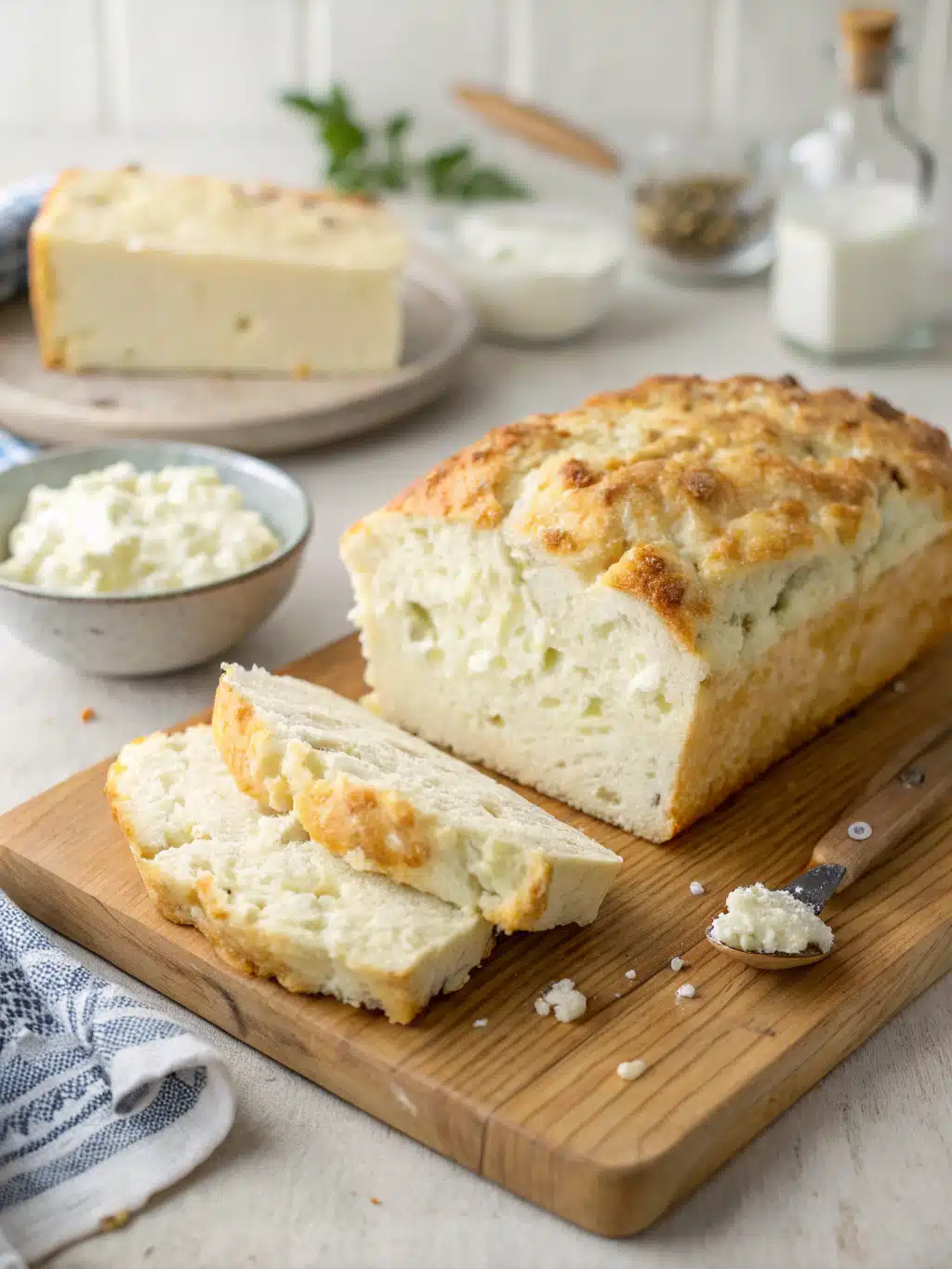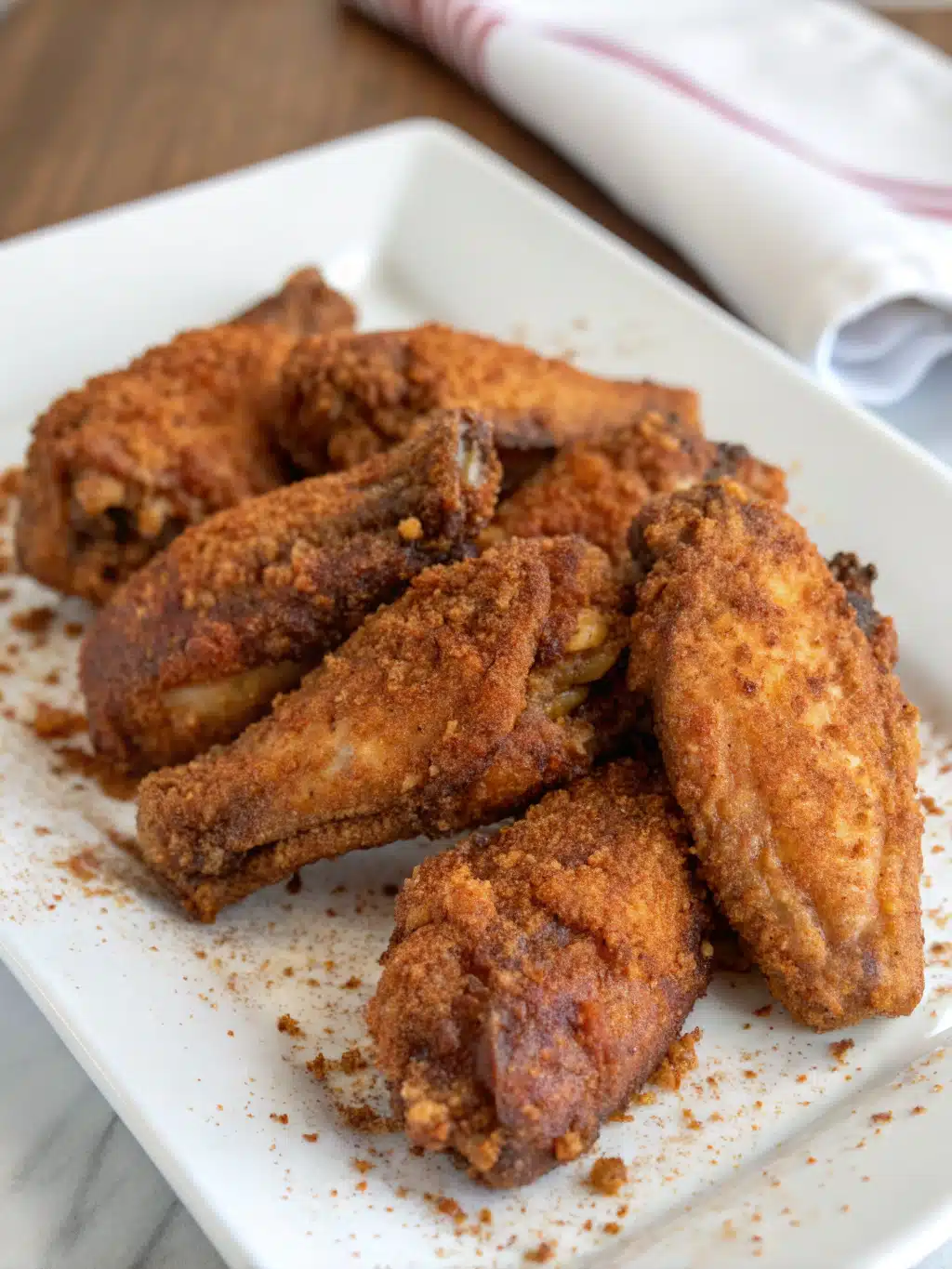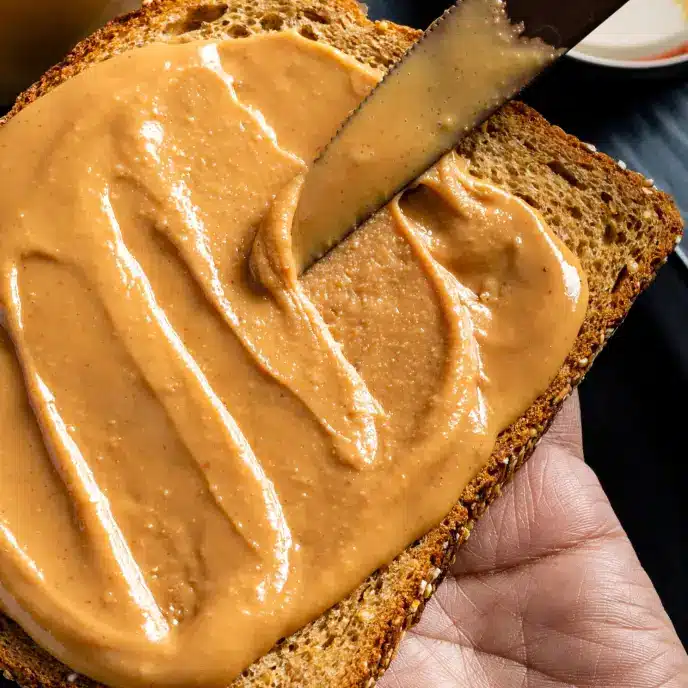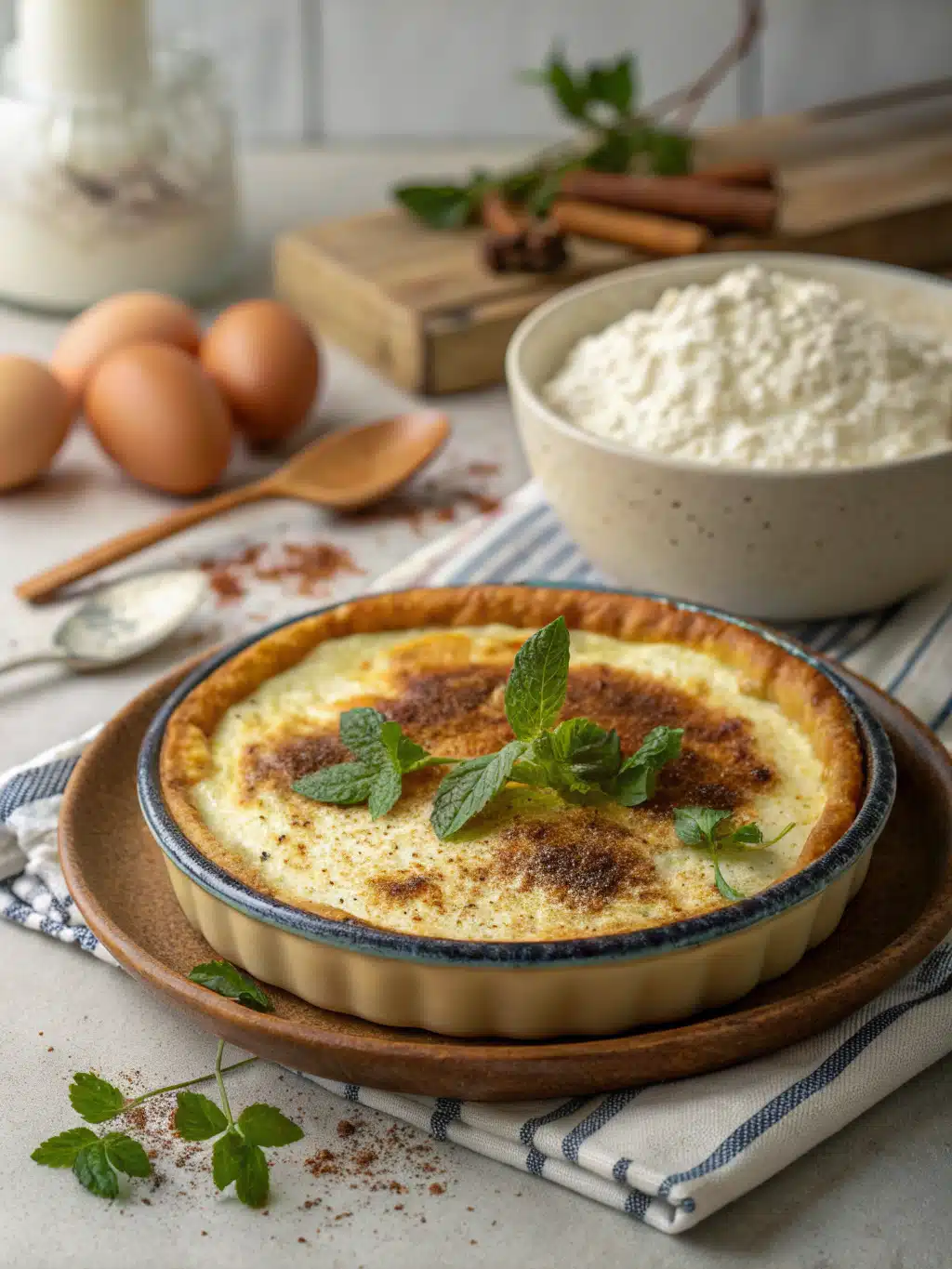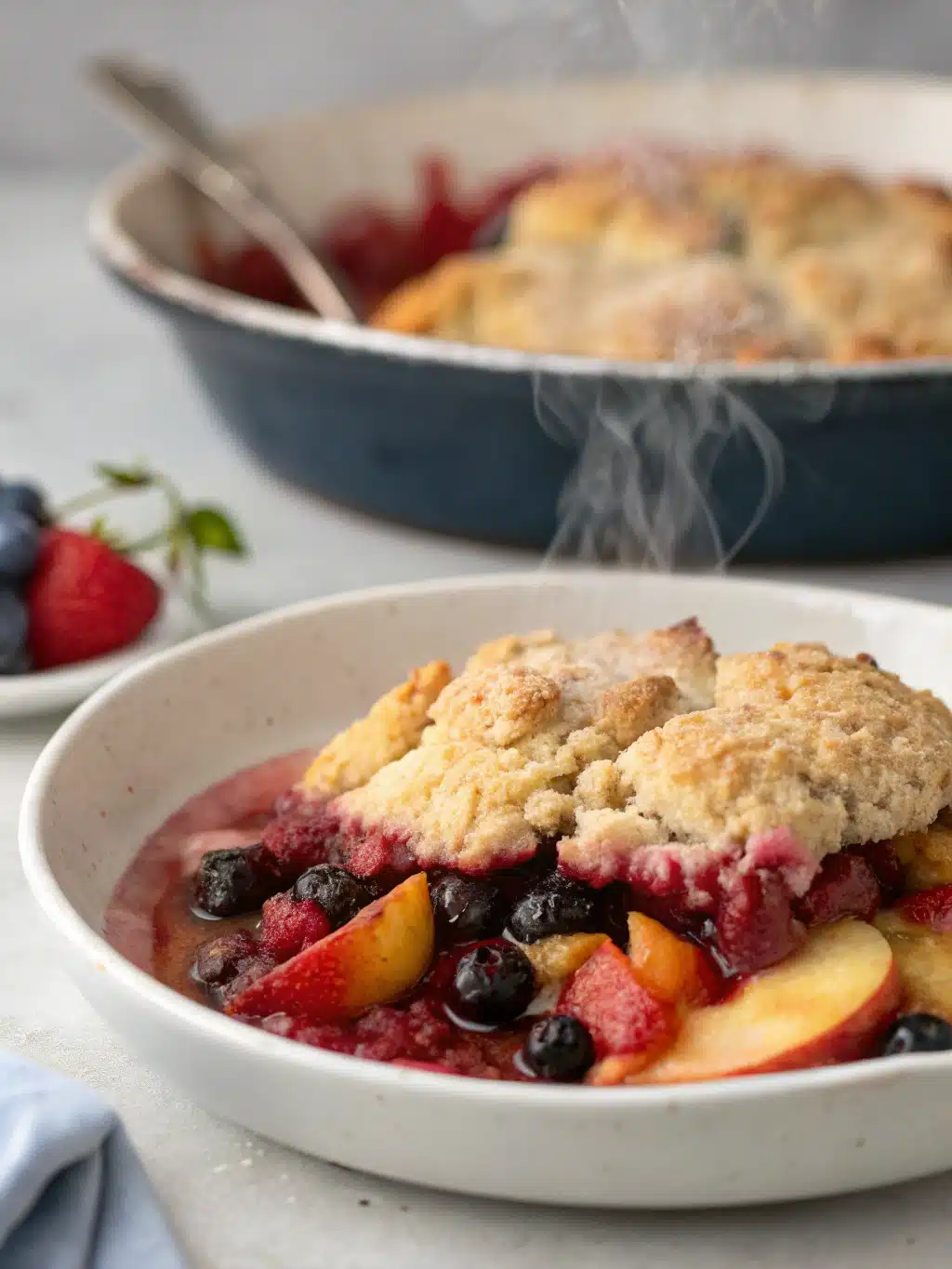Sharing is caring!
Challah Bread Recipe
Why You’ll Love Challah Bread?
There’s something truly magical about homemade challah bread—its golden crust, soft interior, and slightly sweet flavor make it a favorite for holidays, Shabbat dinners, or simply as a comforting treat. Whether you’re a seasoned baker or a beginner, this challah bread recipe is designed for success, delivering bakery-quality results with minimal effort. Plus, its braided beauty makes it a showstopper on any table. If you love baking fresh bread, you’ll also enjoy our vegetable quiche recipe for a perfect pairing.
Table of Contents
- Ingredients to make challah bread?
- Time needed to make challah bread?
- Quick Steps to Make Challah Bread?
- Is challah bread healthy and nutritious ?
- Can I make challah bread healthier and still delicious?
- How to Serve Challah Bread?
- Avoid These Mistakes
- The best way to store leftover challah bread
- Ready to give challah bread a try?
- Frequently Asked Questions
Ingredients to make challah bread?
- 4 cups all-purpose flour (plus extra for dusting)
- 1/4 cup granulated sugar
- 1 packet (2 1/4 tsp) active dry yeast
- 1 tsp salt
- 2 large eggs (plus 1 extra for egg wash)
- 1/4 cup vegetable oil
- 1 cup warm water (110°F/45°C)
- 1 tbsp honey or maple syrup (optional for sweetness)
- Sesame or poppy seeds for topping (optional)
Time needed to make challah bread?
Creating homemade challah bread is a rewarding experience, but timing is key for perfect results. Here’s a quick breakdown:
- Total Time: 90 minutes (including resting and baking)
- Prep Time: 20 minutes (kneading, shaping)
- Rising Time: 1 hour (divided into two rests)
- Bake Time: 25–30 minutes
For a golden crust, brush with egg wash just before baking. Need faster options? Try our quick vegetable quiche for a savory alternative.
Quick Steps to Make Challah Bread?
Step 1: Prepare the dough
In a large mixing bowl, combine warm water, yeast, and a pinch of sugar. Let it sit for 5 minutes until frothy. Add eggs, oil, remaining sugar, salt, and flour. Mix until a shaggy dough forms.
Step 2: Knead the dough
Turn the dough onto a lightly floured surface and knead for 8-10 minutes until smooth and elastic. The dough should be slightly sticky but manageable. Add small amounts of flour if needed.
Step 3: First rise
Place the dough in a greased bowl, cover with a damp towel, and let rise in a warm place for 1-1.5 hours or until doubled in size. For best results, maintain a draft-free environment.
Step 4: Shape the challah
Punch down the risen dough and divide into equal portions. Roll each portion into long ropes and braid them together. For a traditional look, use a 3 or 6-strand braid technique.
Step 5: Second rise
Place the braided loaf on a parchment-lined baking sheet, cover lightly, and let rise for another 30-45 minutes until puffy. Meanwhile, preheat your oven to 350°F (175°C).
Step 6: Egg wash and bake
Brush the loaf with beaten egg (add a teaspoon of water for easier spreading) and sprinkle with sesame or poppy seeds if desired. Bake for 25-30 minutes until golden brown and sounds hollow when tapped.
Step 7: Cool and serve
Transfer the baked challah bread to a wire rack and let cool for at least 20 minutes before slicing. This resting period helps set the crumb structure for perfect slices.
Is challah bread healthy and nutritious ?
Challah bread is a delicious, slightly sweet bread that can be part of a balanced diet when enjoyed in moderation. While it’s not the most nutrient-dense option, it does provide carbohydrates for energy and small amounts of protein. A typical slice (about 1 oz) contains roughly 80–100 calories, 15–20g of carbs, 2–3g of protein, and minimal fat. For a healthier twist, consider using whole wheat flour or adding seeds for extra fiber and nutrients.
If you’re looking for nutrient-rich alternatives, try pairing challah with protein-packed baked salmon or a roasted sweet potato salad for a more balanced meal. For more insights on traditional breads, check out this guide on hearty comfort foods, or explore protein-rich bean dishes as a fiber-filled side.
Can I make challah bread healthier and still delicious?
Absolutely! While traditional challah bread is known for its rich, slightly sweet flavor and soft texture, you can easily tweak the recipe to make it healthier without sacrificing taste. Here are some simple swaps and tips:
Whole Wheat Flour Option
Replace half or all of the all-purpose flour with whole wheat flour for added fiber and nutrients. The texture will be slightly denser but still delicious. For a lighter whole wheat challah, try using white whole wheat flour.
Natural Sweeteners
Instead of refined sugar, try using honey, maple syrup, or coconut sugar. These alternatives provide more nutrients and a more complex flavor profile. Check out this guide to natural sweeteners for more ideas.
Egg Wash Alternatives
For a vegan version or to reduce cholesterol, brush the loaf with almond milk or coconut milk before baking instead of egg wash. You’ll still get that beautiful golden crust.
Seed Topping
Boost the nutritional value by sprinkling sesame seeds, flaxseeds, or sunflower seeds on top before baking. This adds healthy fats, protein, and crunch. For more healthy bread topping ideas, see our roasted seed combinations.
Portion Control
Make smaller rolls instead of one large loaf to help with portion sizes. These individual-sized bread ideas can inspire your mini challah creations.
Remember, even with these healthier modifications, challah bread is still a treat best enjoyed in moderation. Pair it with protein-rich foods like our baked salmon for a balanced meal.
How to Serve Challah Bread?
Freshly baked challah bread is incredibly versatile and pairs beautifully with both sweet and savory dishes. For a classic approach, serve it warm with a drizzle of honey or a smear of creamy butter. It also makes an excellent base for hearty salads or alongside rich seafood dishes.
For a festive twist, use challah in French toast or bread pudding—its soft, eggy texture soaks up custard perfectly. Pair slices with spiced bean dishes or enjoy it with seasonal desserts for a comforting finish to any meal.
Avoid These Mistakes
Making challah bread is simple, but a few missteps can affect texture and flavor. Here’s what to watch out for:
Over-Kneading the Dough
Kneading develops gluten, but too much makes the bread dense. Stop when the dough is smooth and elastic—about 8-10 minutes by hand or 5-6 minutes in a stand mixer. For more kneading tips, check our guide on perfect dough consistency.
Rushing the Rise
Challah needs time to develop flavor. Skipping the first or second rise results in flat, bland bread. Let it double in size each time—this slow-rise technique ensures a light, airy crumb.
Using Cold Eggs
Cold ingredients slow yeast activity. Use room-temperature eggs and water for even rising. If you forget, warm eggs briefly in lukewarm water.
Skimping on Egg Wash
A generous egg wash gives challah its signature golden shine. For extra gloss, add a teaspoon of honey or sugar to the wash—a trick we learned from this baking resource.
Overbaking
Challah continues cooking slightly after removal from the oven. Pull it out when the internal temperature reaches 190°F (88°C) and the crust is deep golden. For more baking precision, see our temperature guide.
Want to troubleshoot further? This bread-making FAQ covers common issues like uneven browning or collapsed loaves.
The best way to store leftover challah bread
Freshly baked challah bread tastes best the day it’s made, but with the right storage techniques, you can keep it soft and delicious for days. Here’s how:
Room Temperature Storage
For short-term storage (1-2 days), wrap your challah bread tightly in plastic wrap or aluminum foil to prevent it from drying out. You can also place it in a bread box or an airtight container. If you love crusty bread, leave it unwrapped but cover it with a clean kitchen towel.
Refrigerating Challah Bread
While refrigeration can extend shelf life, it may dry out the bread faster. If you must refrigerate, wrap it well in plastic and consume within 3-4 days. To revive chilled challah, warm it in the oven at 300°F for 5-10 minutes.
Freezing for Long-Term Storage
Freezing is the best way to keep challah bread fresh for up to 3 months. Slice it first for easy portioning, then wrap tightly in plastic and place in a freezer-safe bag. Thaw at room temperature or toast slices directly from frozen.
For more bread storage tips, check out our guide on storing baked goods or explore the best ways to preserve homemade bread.
Leftover challah also makes amazing French toast or bread pudding—try our sweet potato bread pudding or this pumpkin-spiced French toast for a decadent twist!
Ready to give challah bread a try?
There’s nothing quite like the aroma of freshly baked challah bread filling your kitchen. Whether you’re a seasoned baker or trying your hand at homemade bread for the first time, this recipe is designed for success. The golden crust, soft interior, and slightly sweet flavor make it perfect for Shabbat dinners, holidays, or simply enjoying with a smear of butter.
If you loved this recipe, explore more delicious options like our vegetable quiche or roasted sweet potato salad for a complete meal. For seafood lovers, pair challah with our lemon butter salmon or baked cod for a gourmet twist.
Happy baking—may your challah be as joyful to make as it is to eat!
Frequently Asked Questions
Can I make challah bread without eggs?
Yes, you can substitute eggs with flaxseed or chia seed gel for a vegan-friendly version. However, the texture may be slightly denser.
How do I know when my challah bread is fully baked?
Tap the bottom of the loaf – it should sound hollow. The crust should also be golden brown, and an internal thermometer should read 190°F (88°C).
Why is my challah bread too dense?
This usually happens due to over-kneading, insufficient rising time, or using old yeast. Ensure proper proofing and fresh ingredients for best results.
Can I freeze challah bread dough?
Absolutely! Freeze the dough after the first rise for up to 3 months. Thaw overnight in the refrigerator before shaping and baking.
What’s the best way to braid challah bread?
Start with 3 or 6 strands for classic braids. Keep even tension and tuck the ends underneath for a polished finish.
How long does fresh challah bread stay soft?
Properly stored in an airtight container, it stays soft for 2-3 days. For longer freshness, slice and freeze, then toast when needed.

